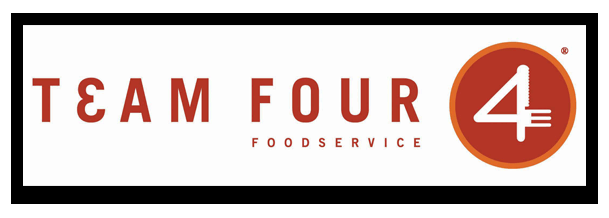|
Advancements in restaurant technology in recent years have shown the potential to provide significant value, transforming how restaurants work and manage resources. But at the same time, the areas where restaurant operators can invest in tech have become so diverse – ranging from mobile POS systems to robotics to generative AI – that it can be difficult to know where to focus tech spending and how to allocate funds, particularly as expenses increase in other parts of restaurant businesses. Bank of America Global Research found that IT budgets have doubled since the pandemic, now accounting for 7-10 percent of revenue. They expect spending to continue at that level going forward. As a result of tech spending to date, many restaurants are awash in data about their businesses. What’s less clear is whether they are in the strongest possible position to benefit from the layers of insights that data can provide. Cristin O’Hara, Restaurant Group head for Bank of America Commercial Banking, said recently that it would be prudent for restaurants to prepare for the next phase of using technology to improve performance by investing in specialists who can analyze the data that various technologies generate, then make recommendations on the best ways restaurants can profit from those insights. “Those that don’t spend the time and money on that now, I think, are going to be behind the curve,” she said.
0 Comments
From the start of a restaurant’s day through the end, there are hundreds of decisions to be made about the business. Data can help operators ensure they make the best decisions possible – from where in the dining room to seat a guest to how to manage demand for your popular new menu item. Data’s potential in helping a restaurant compete can feel practically limitless. But this can also make data management feel like an overwhelming task – like there is always going to be a task left on the table. A recent Harvard Business Review report identified several strategies to using data to guide better operational decisions. They may help refine your focus when it comes to using data for both long- and near-term needs. For example: Mining public intelligence can help you decide where to open your next restaurant – by using not only business intelligence platforms but also insights you can gain from social media platforms and menu search queries, you can gain a better understanding of what consumers are craving and where. Your data can also allow you to cherry-pick your most loyal guests from those looking for a table on a popular date, then determine which of your employees should serve them. It can help you identify at what point a long line out the door stops attracting curious guests and starts to become a labor problem. Finally, your data can help you better predict what guests will order – and allow you to reliably provide it to them – while also giving you the power to toggle between ordering channels to best manage demand. When you can get these areas right, you can drive up your experience factor – that feeling a guest gets that their money and time with you have been well spent.
|
More tech articlesWill your tech provider survive?A new source to help restaurants navigate tech landscapeCreate a cross-functional team to protect against evolving cyber threatsArchives
April 2024
Categories
All
|
Foodservice CEO is provided for informational purposes only. It is intended to offer foodservice operators’ guidance regarding best practices in running their operations. Adherence to any recommendations included in this Guidance will not ensure a successful operation in every situation. Furthermore, the recommendations contained in this website should not be interpreted as setting a standard of operation or be deemed inclusive of all methods of operating nor exclusive of other methods of operating.
Copyright 2023 Team Four Foodservice, All Rights Reserved.





 RSS Feed
RSS Feed